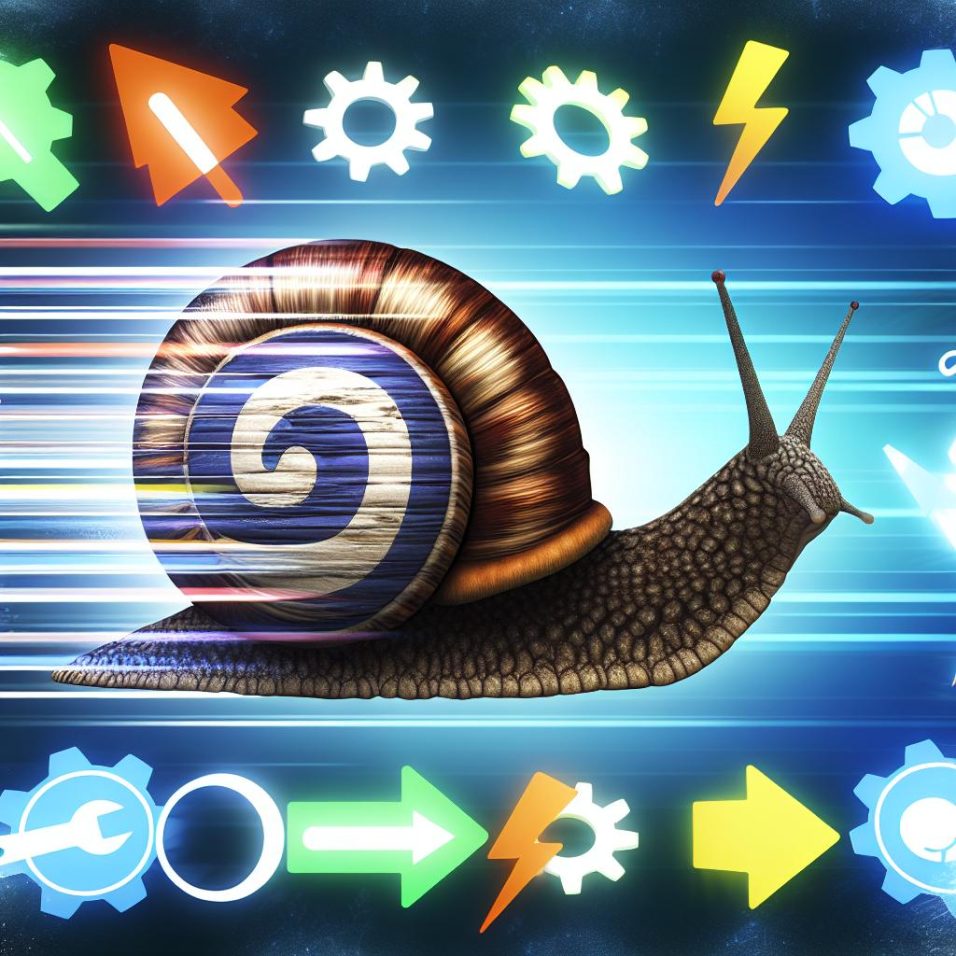Understanding the Causes of a Slow WordPress Website
A slow WordPress site can be a result of various factors. Understanding these causes is essential for effective troubleshooting. Common causes include unoptimized images, excessive plugins, poor-quality hosting, and outdated software. Addressing each of these issues systematically will improve your site’s performance.
Optimize Images
Large, uncompressed images considerably slow down your site’s load time. To resolve this issue, utilize image compression tools like Smush or EWWW Image Optimizer, which are specifically designed for WordPress. These plugins can reduce image file sizes without noticeable loss in quality. Additionally, consider using WebP format for images, which offers superior compression compared to JPEG or PNG.
Limit Plugin Usage
While plugins add functionality, their excessive use can significantly slow down your site. Regularly audit your plugins and deactivate or delete those that are unnecessary. Always ensure that the active plugins are updated to their latest versions for optimal performance. It’s also beneficial to look for multifunctional plugins that can reduce the need for multiple single-function plugins.
Choose a Reliable Hosting Provider
Your hosting provider plays a crucial role in your website’s speed. Choosing a high-performance host can make a significant difference. Consider switching to a provider specializing in WordPress hosting like SiteGround or WP Engine for better speed and reliability. Evaluate hosting plans that offer SSD storage and adequate bandwidth to handle traffic spikes seamlessly.
Enable Caching
Caching stores static versions of your website, reducing server load and improving load times. Implementing a caching solution like WP Super Cache or W3 Total Cache can dramatically enhance performance by serving cached versions of the webpage to users. Such plugins often require configuration adjustments for maximum efficacy, so refer to their respective documentation guides.
Utilize a Content Delivery Network (CDN)
A CDN, such as Cloudflare or StackPath, distributes your website’s content to multiple servers worldwide, allowing faster load times for users based on their geographical location. This not only speeds up your website but also improves the reliability and security of your site, protecting against DDoS attacks and reducing server load.
Minimize CSS, JavaScript, and HTML
Minifying your website’s code can help reduce the amount of data that needs to be loaded. Use plugins like WP-Optimize to minify your code, which strips unnecessary characters (like spaces and line breaks) from HTML, JavaScript, and CSS files. This results in faster load times and better overall site performance, contributing to a more streamlined user experience.
Regularly Update WordPress, Themes, and Plugins
Keeping your WordPress installation, themes, and plugins updated is critical. Updates often contain performance enhancements and security patches, which contribute positively to the site’s speed and safety. Navigate to your WordPress dashboard regularly and ensure all components are up to date. It’s also a good practice to have backups before significant updates to prevent data loss.
Conclusion
Improving the speed of your WordPress website involves optimizing various aspects of both the backend and frontend. By focusing on optimizing images, managing plugins, choosing the right hosting, enabling caching, using a CDN, and ensuring that all components remain updated, you will significantly enhance your site’s performance. Implement these strategies to provide a better experience for your visitors and improve your SEO rankings. Enhanced performance not only keeps your visitors satisfied and engaged but also strengthens your website’s position in search engine results pages.

